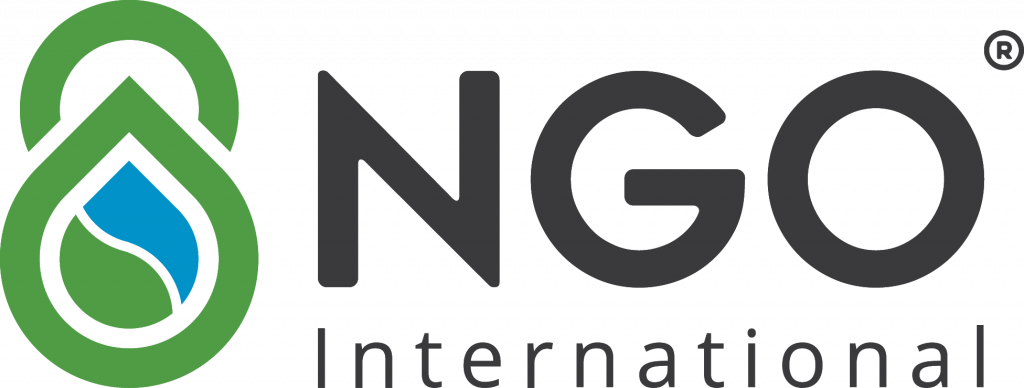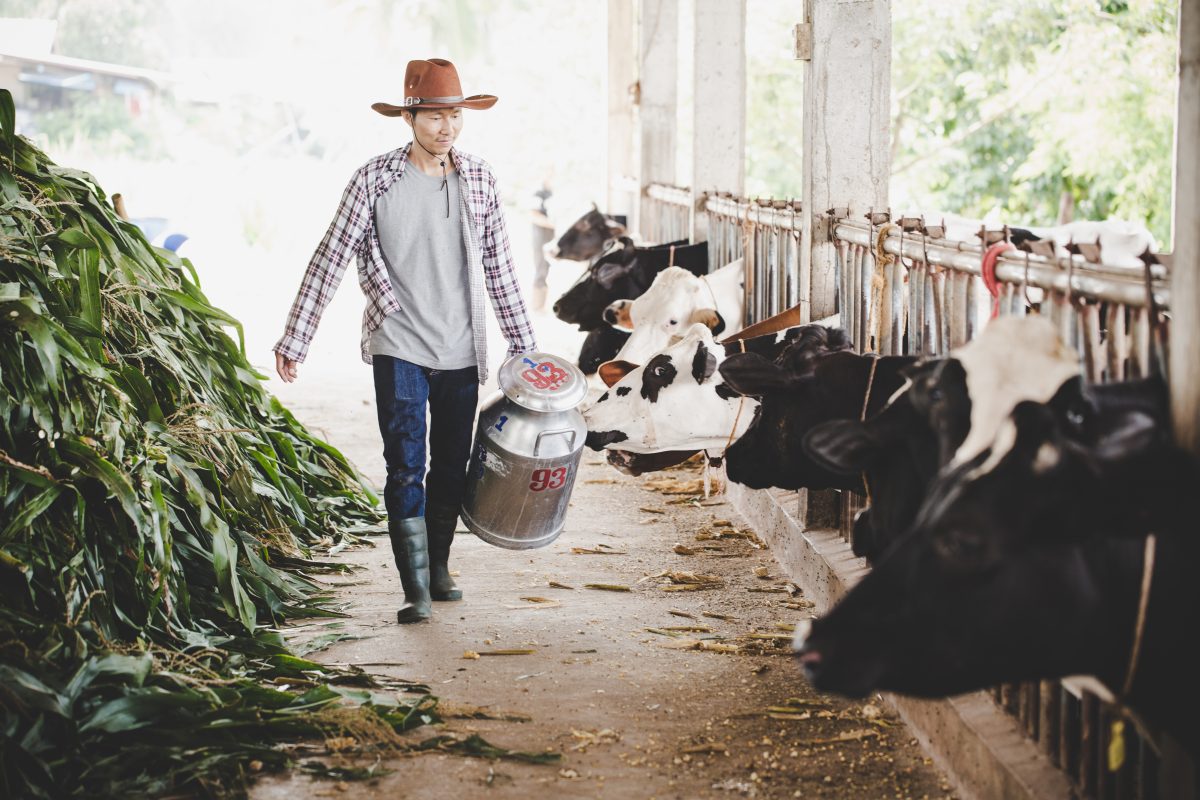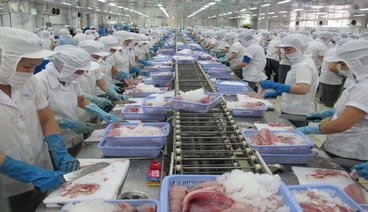The dairy processing industry in Vietnam is growing strongly along with the increasing demand for dairy products. Parallel to the economic benefits, the milk production process also generates a significant amount of wastewater.
On average, for every liter of milk processed, 2–6 liters of wastewater can be generated. This wastewater contains high concentrations of organic substances (lactose, fat, milk proteins, etc.), making the biochemical oxygen demand (BOD) of raw milk ~250 times higher than that of typical domestic wastewater. If not treated properly, dairy wastewater will cause severe pollution to the receiving water body, especially organic and nutrient pollution.
An inefficient treatment system can expose a business to fines of up to billions of dong, the risk of operational suspension, and worse, a media crisis that could destroy a painstakingly built brand image. A single non-compliant discharge incident can become a negative media focal point, causing immeasurable damage.
Don’t let wastewater become a legal risk and a critical vulnerability in your production chain. At NGO International, with nearly 10 years of experience, we don’t just provide a treatment system; we deliver a comprehensive solution, turning environmental costs into a smart investment, protecting your reputation, and ensuring sustainable development for your business.
I. Dairy Production Process and Wastewater Characteristics
The production process for dairy products (pasteurized fresh milk, yogurt, butter, cheese, powdered milk, etc.) involves many different stages. During this process, multiple wastewater sources are generated, mainly from equipment cleaning and raw material losses. The main sources of discharge include:
Water for cleaning processing equipment and utensils
-
Water for washing raw milk tanks and cans at the reception station; water for rinsing pipes, pumps, tanks, mixers, and packaging machines after each production cycle. These CIP (Cleaning-In-Place) systems carry away residual milk and cleaning chemicals, generating a large volume of wastewater.
Water for cleaning workshops and production lines
- Water for cleaning floors and processing areas at the end of each shift to remove spilled milk and products.
- Water for periodic cleaning of the production line.
- This water source contains a lot of dirt, product fragments, and organic matter from milk.
Defective or expired products and raw materials
- Raw milk or dairy products that leak or spill during equipment operation; batches of low-quality or expired fresh milk or yogurt that must be discarded. These liquids (which have a composition nearly identical to milk) are discharged into the drainage system and contribute up to 90% of the organic pollution load (BOD).
Wastewater from auxiliary operations
- Discharge from boilers (boiler blowdown), cooling water from chillers, and oil and grease leaked from engines and machinery in the factory. Although the flow rate is not large, these sources may contain boiler water treatment chemicals or machine oil and grease.
Butter and cheese production facilities
- In the case of a cheese or butter production plant, additional wastewater rich in whey and brine will be generated from the butter separation and cheese pressing stages. This type of wastewater has a very high organic load and a unique composition (high in lactose, salt), so it should be treated separately if present. (In Vietnam, products like cheese and butter are not yet widespread, so this waste stream is a small proportion.)
Domestic wastewater
- Water from canteens, kitchens, and toilets for employees in the factory. This domestic wastewater has characteristics similar to typical urban wastewater (containing food grease, organic matter from human waste, detergents) and is usually collected and treated together with production wastewater after passing through a septic tank.
In general, most of the pollution in dairy plant wastewater originates from milk and dairy products lost during the production process. Therefore, minimizing leaks and maximizing the recovery of residual milk will significantly contribute to reducing the pollution load on the treatment system.

Table: Comparison of Typical Dairy Wastewater Characteristics and Discharge Standard Column B (reference values)
| Parameter | Raw Dairy Wastewater (typical) | QCVN 40:2025/BTNMT (Column B) |
|---|---|---|
| BOD5 (mg/L) | 1,000 – 3,000+ | ≤ 60 |
| COD (mg/L) | 2,000 – 5,000+ | ≤ 90 |
| Total Suspended Solids (TSS) (mg/L) | 300 – 600 | ≤ 80 |
| Total Nitrogen (mg/L) | 50 – 100 | ≤ 40 |
| Total Phosphorus (mg/L) | 10 – 30 | ≤ 6 |
| pH | 4 – 11 (fluctuating) | 6 – 9.0 |
II. Current Common Solutions and NGO’s Differentiating Technology
Comparison of dairy wastewater treatment solutions between NGO International and traditional technology:
| Criteria | NGO International Solution | Traditional Technology |
|---|---|---|
| COD, BOD Removal Efficiency | > 95% (near-complete treatment, effluent meets QCVN 40:2025 Column A standard) | ~80–90% (often has residual organic matter, difficult to meet the highest standard) |
| Post-treatment Water Quality | Consistently meets QCVN 40:2025 Column A, can be reused for domestic & production purposes | Still encounters many incidents such as blockages, shock loads, and failure to meet effluent standards |
| Operating Cost | Optimized chemical costs due to highly accurate and optimal design calculations | High costs due to the inefficiency of some equipment whose calculations are not suitable for the wastewater characteristics |
| Level of Automation | System designed with various levels of automation to suit the business’s needs | Requires significant operating personnel |
| Sludge Production | Low, sludge is stable and easy to treat; reduces sludge disposal costs, reduces nutrient dosing costs | High sludge volume due to low biological efficiency; costly for safe disposal |
| Environmental Friendliness | Green technology, no use of harmful chemicals, reduced emissions | Consumes many resources, risk of odor generation and environmental impact |
III. Case Study
- Background: A dairy processing plant with a capacity of 1200 m³/day, TSS = 500 mg/L, COD = 1000 mg/L. The old treatment system was frequently overloaded, effluent was unstable, and chemical costs were high.
- Solution from NGO International: Instead of applying a traditional anaerobic biological treatment method, a system for COD treatment and upstream fat and protein separation was implemented.
- Impressive Results:
- TSS reduced by 90% & COD reduced by 50% after just one treatment step.
- Reduced pollution load on the biological system, helping it operate stably & eliminating shock load phenomena.

NGO, in partnership with Krofta—which holds over 20 patents and has experience in more than 40 countries worldwide—is committed to delivering quality solutions for dairy industry projects.
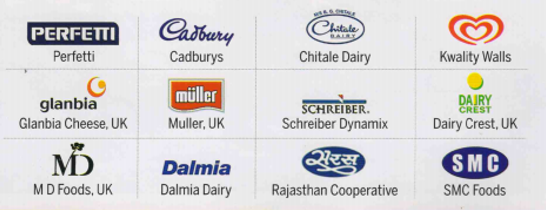
IV. Frequently Asked Questions
Dairy wastewater contains a lot of organic matter from milk (casein protein, butterfat, lactose) with very high BOD and COD, tens of times higher than domestic wastewater. It also contains a lot of oil and grease, milk solids, and cleaning chemicals (caustic, acid), causing a widely fluctuating pH. These characteristics make dairy wastewater more difficult to treat and require specialized technology.
Absolutely. After passing through our MBR system, the water can be reused for purposes such as system cooling, workshop cleaning, and plant irrigation, helping businesses save significantly on clean water costs.
There is no “one-size-fits-all” best technology. The most suitable technology is one that meets your technical requirements, investment budget, and land availability. NGO International’s experts will provide a “tailor-made” solution after a site survey.
The system is designed with a high degree of automation, making operation quite simple. Operating personnel will be trained by NGO International’s experts. Furthermore, NGO International is always ready to provide remote or on-site technical support when needed, so your business can have peace of mind regarding operation.
The cost depends on the capacity, influent pollution level, and chosen technology. NGO International will conduct a free survey and provide a detailed, optimized quote for each business, ensuring a reasonable investment cost and long-term effectiveness.
See more at:
https://ngoenvironment.com/vn/technology.html
Businesses interested in Dairy Wastewater Treatment Solutions, please contact NGO via Phone 024.7300.0890 or email office@8ngo.com for a direct consultation.

***Please carefully read the Terms of Use – Copyright before copying or quoting the content and images of this website.
This website is copyrighted by NGO International Co., Ltd (NGO International). Any form of use or copying of part or all of the content in any form is strictly prohibited, except with explicit written permission from Us.

 Tiếng Việt
Tiếng Việt